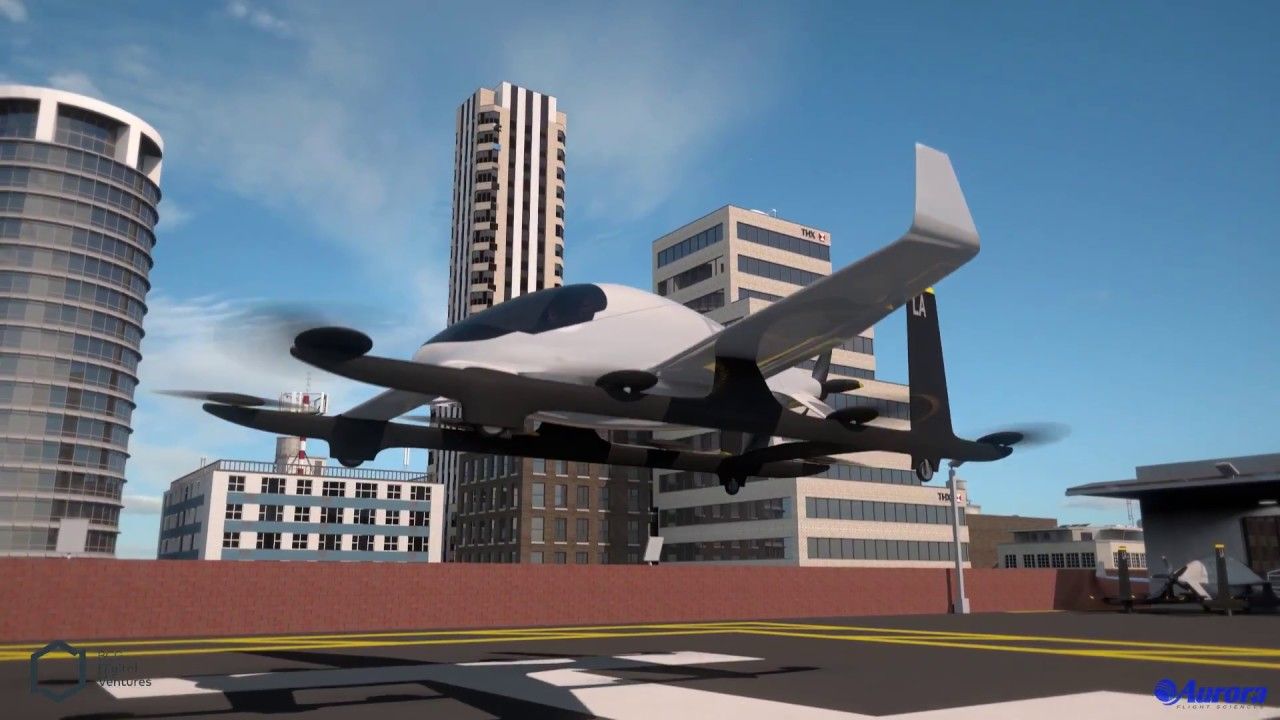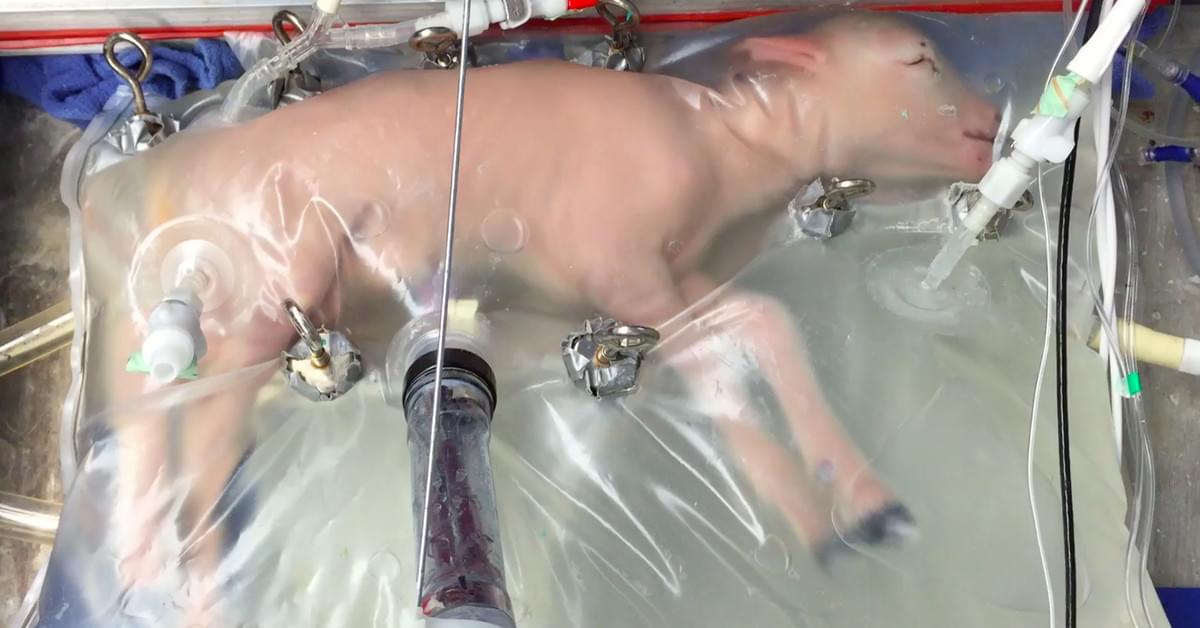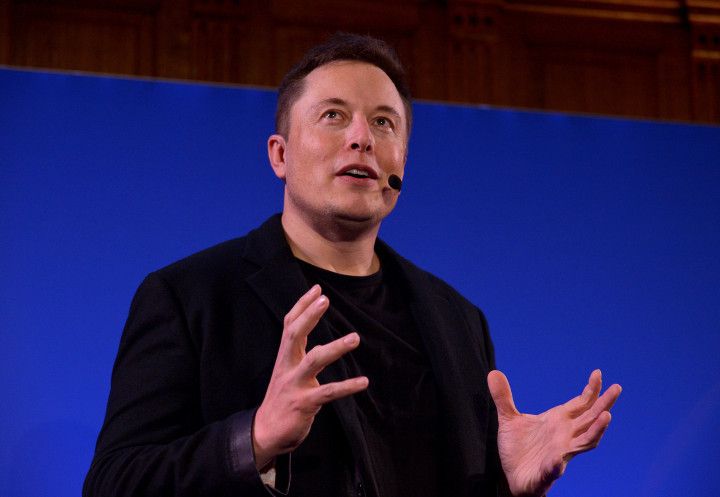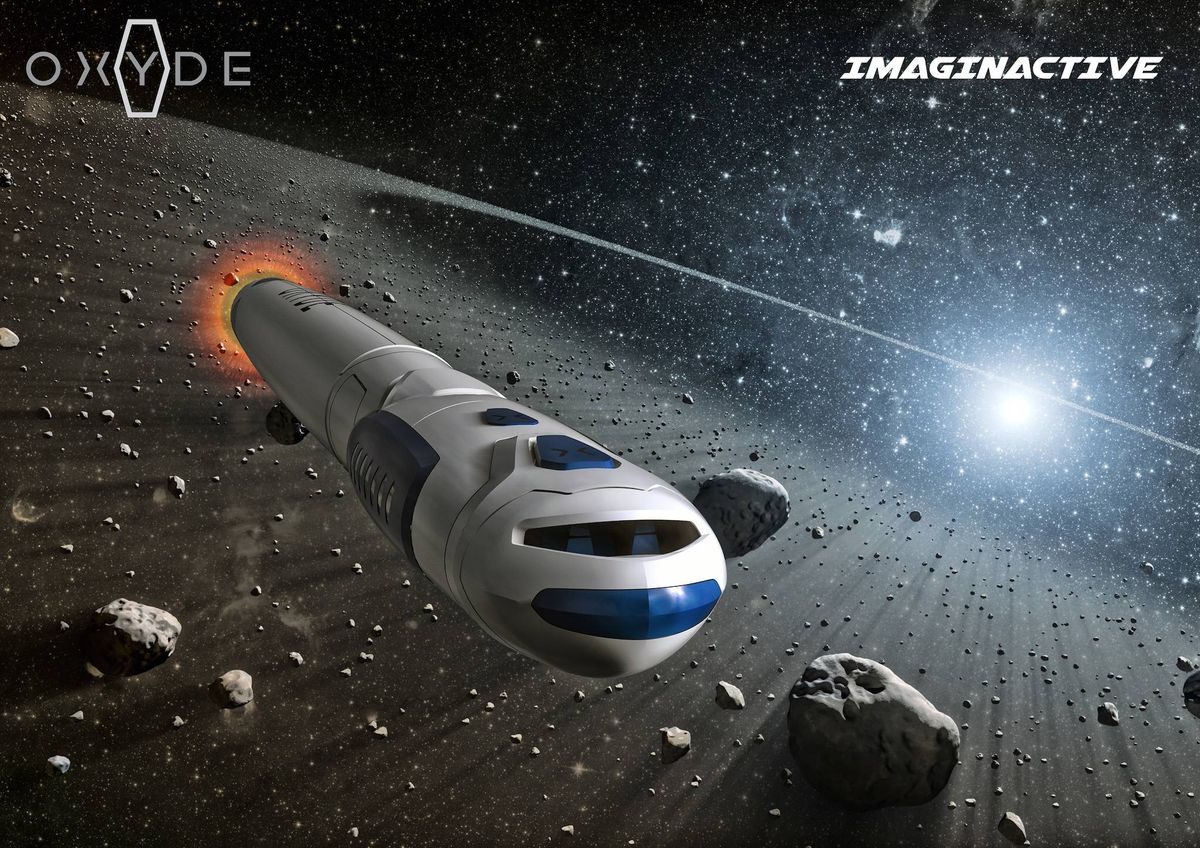Some people fear rejuvenation therapies would be only for the privileged, and yet some others think they would be imposed on everyone. This article discusses the latter case.
Somebody once told me they fear that, if we created rejuvenation therapies, they might be forced on people who don’t want them, and in a way, we’d end up forcing people to live ‘forever’. Is this a good reason not to develop rejuvenation? No, of course not. I mean, imagine if we never came up with blood transfusions for fear that Jehovah’s witnesses might be forced to undergo them!
Besides, if rejuvenation therapies shouldn’t be invented because someone is afraid they’d be forced on people who want to grow old and die, let me ask: How about the people who do not want to grow old and die and yet would be forced to, because somebody else didn’t want rejuvenation therapies to be created? Dying despite the existence of rejuvenation therapies is certainly more easily attained than not dying despite the lack of rejuvenation therapies.
Rejuvenation is a set of medical interventions, and as such, a patient has the right to refuse all of them, if they want to. Indeed, the right to refuse or halt medical intervention already exists (see this WHO paper of 1994, page 11, article 3.2, which states this right for European Citizens, for example), so, if one really doesn’t want to undergo rejuvenation treatments, that is in their right already.
Continue reading “Rejuvenation would be forced on people” »






 The most common type of dementia is Alzheimer’s disease and as the average life expectancy has risen in recent decades so has the occurrence of this and other neurodegenerative diseases. Aging is the primary risk factor for Alzheimer’s and researchers are searching for new ways to combat this devastating disease.
The most common type of dementia is Alzheimer’s disease and as the average life expectancy has risen in recent decades so has the occurrence of this and other neurodegenerative diseases. Aging is the primary risk factor for Alzheimer’s and researchers are searching for new ways to combat this devastating disease.










